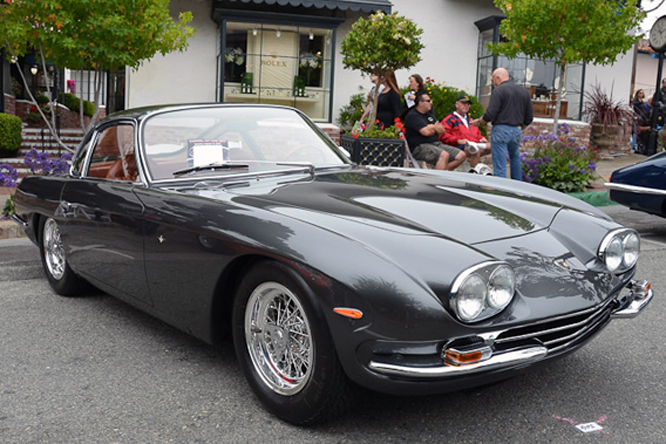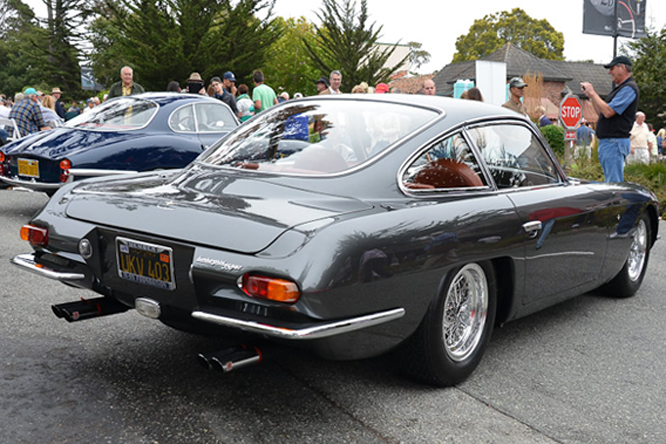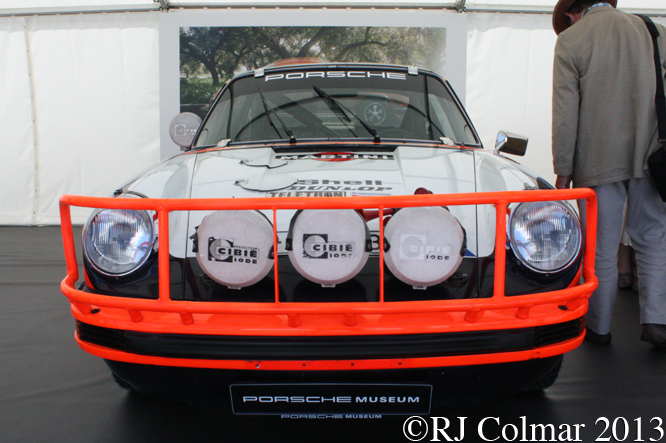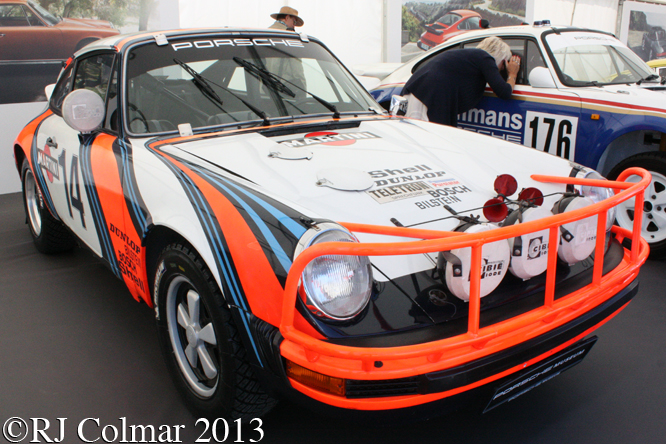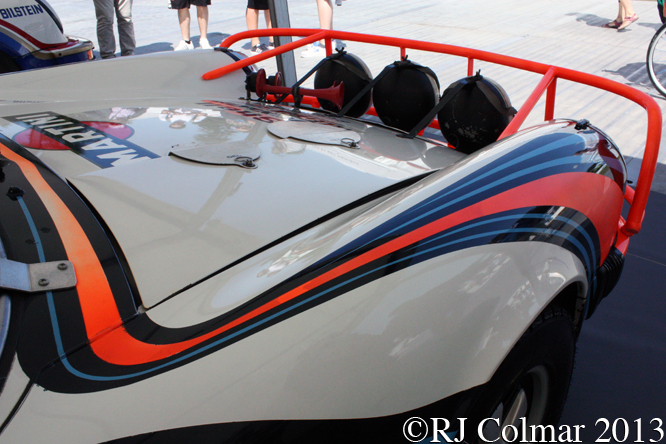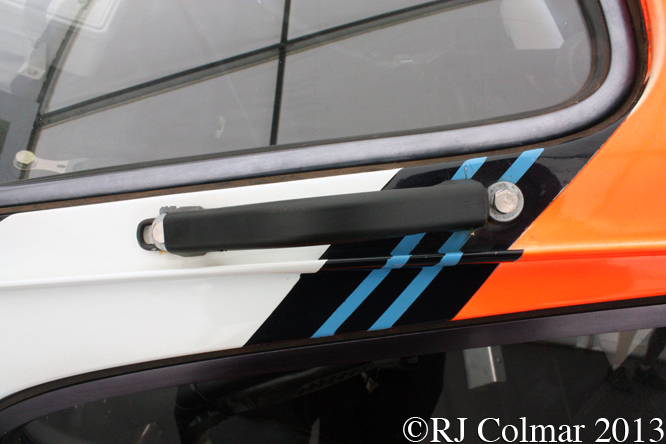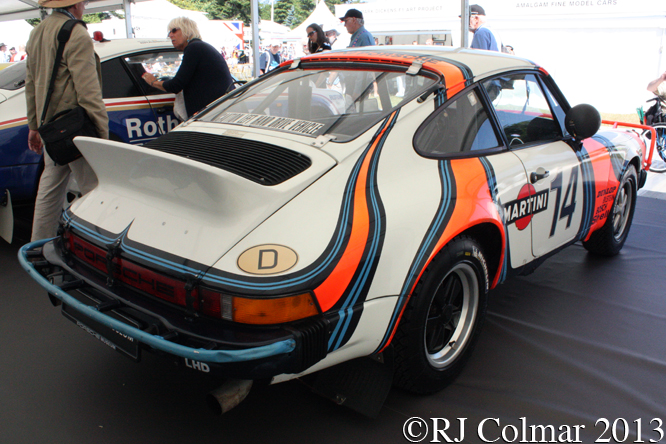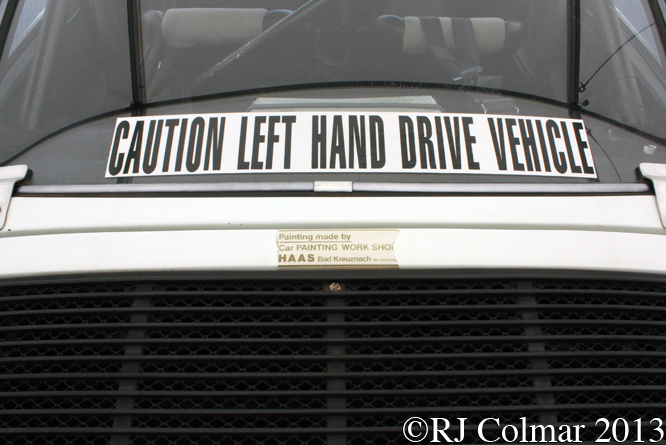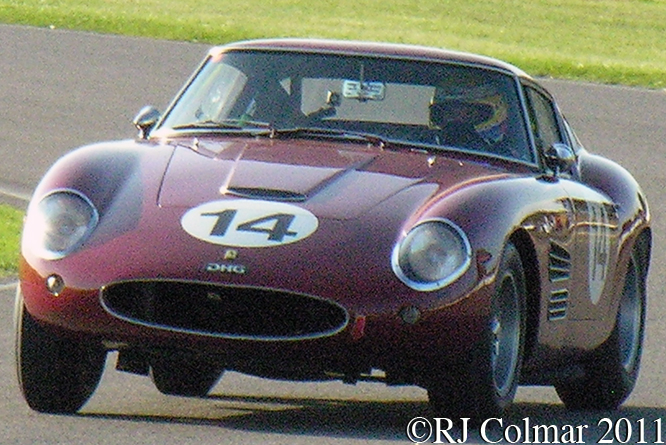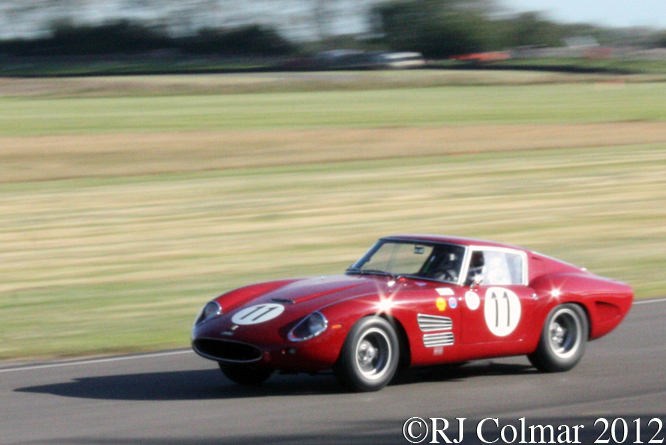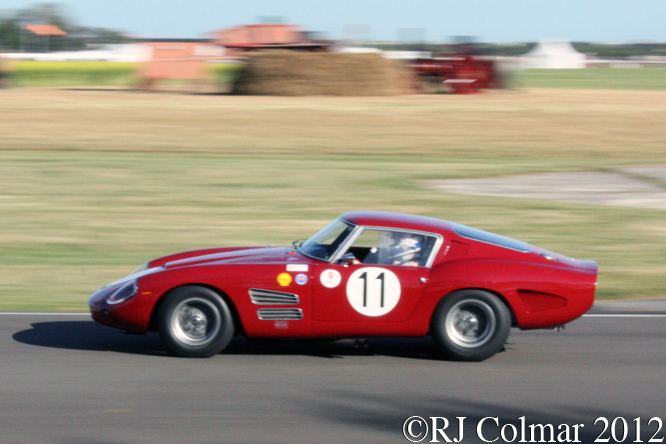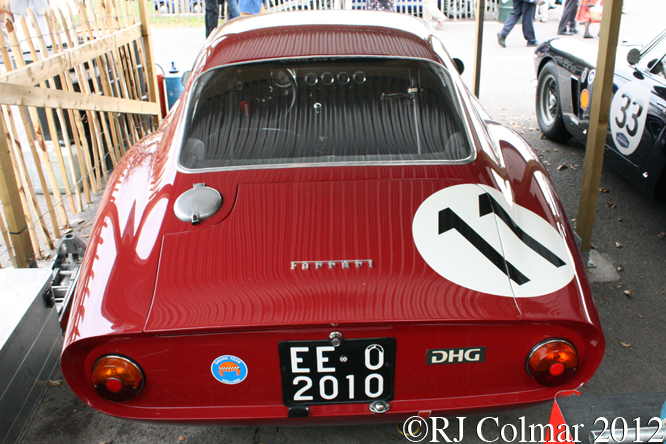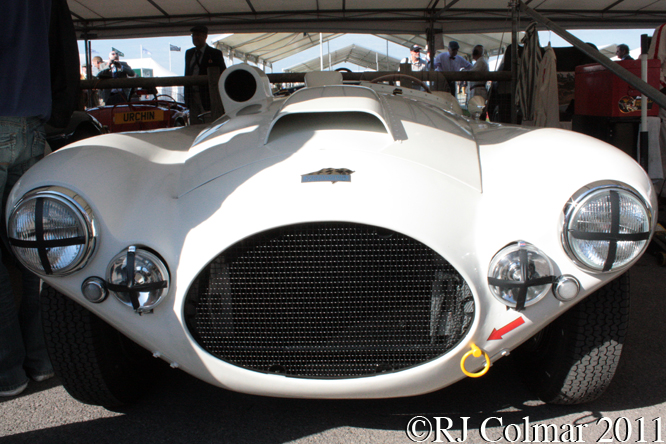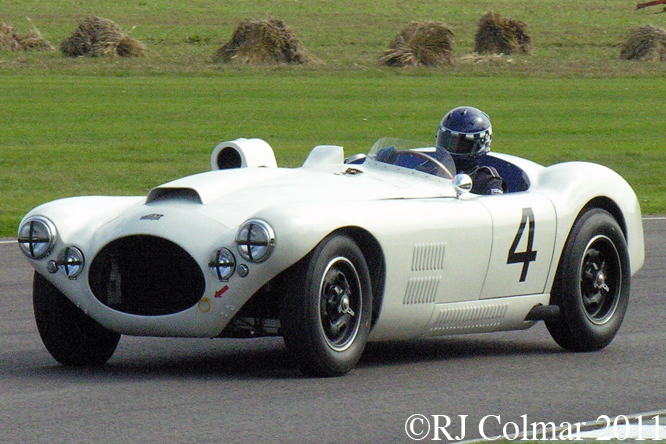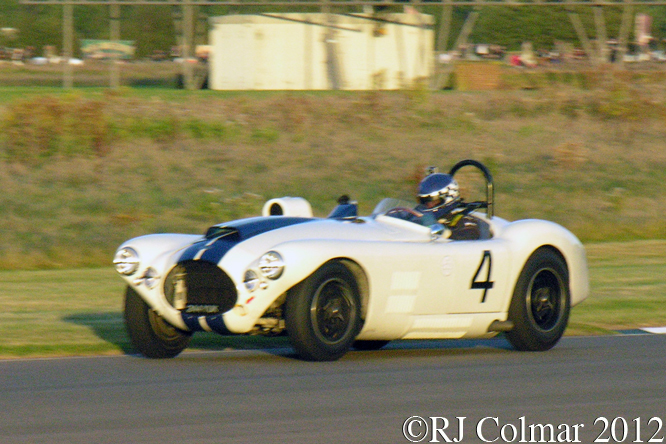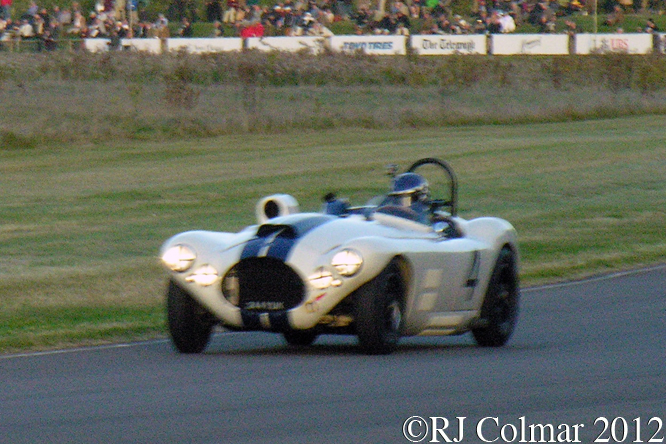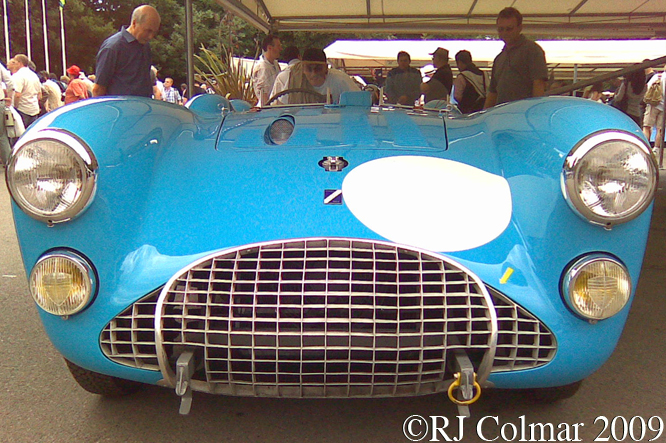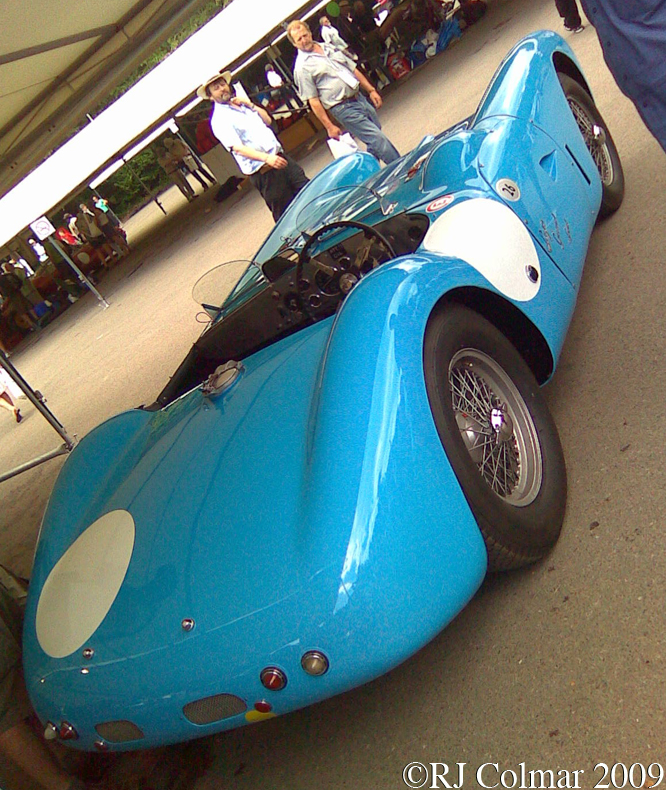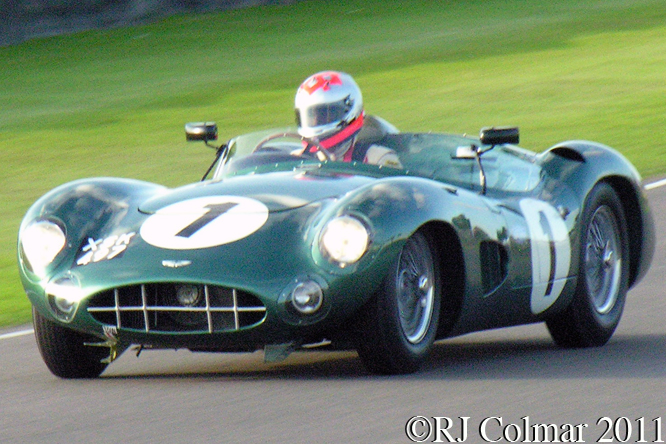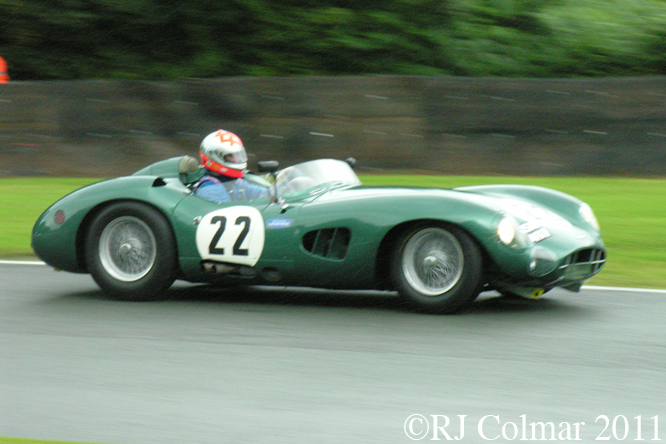Today’s featured Ferrari 250 GTO chassis #4293GT was originally assigned to Scuderia San Ambreous, the same team who famously fielded Formula One debutant Giancarlo Baghetti in the 1961 French Grand Prix which he promptly won, however for reasons that are not clear to me at the time of writing Scuderia San Ambreous never took delivery of the car which instead ended up in the hands of Belgian Jacques Swaters and his Ecurie Francorchamps equipe in April 1963.
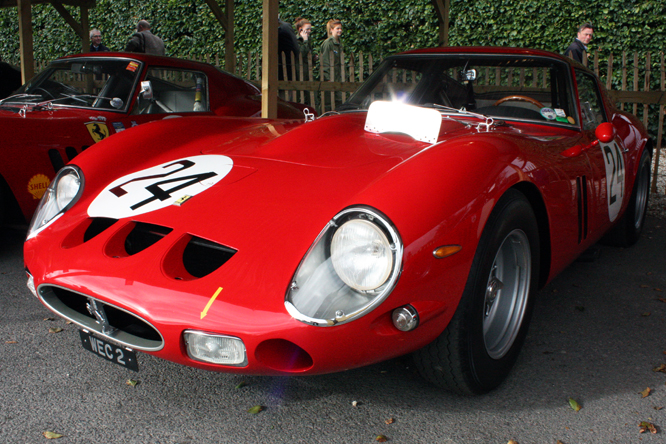
Willy Mairesse drove #4293GT to an overall victory on it’s debut in the 500km race at Spa. The cars next outing was in the Le Mans 24 hours where noted Businessman/Jazz Guitarist/Car Collector and Sponsor Jean “Beurlys” Blaton shared the driving with Gérald Langlois van Ophem to record the 250 GTO models 2nd consecutive second place finish some 16 laps behind the winning prototype Ferrari 250 P driven by Lorenzo Bandini and Ludovico Scarfiotti.
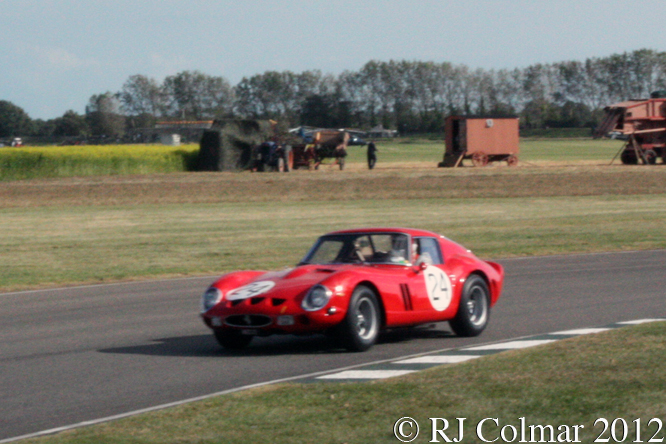
“Beurlys” then drove #4293 GT to victory in a race at Zolder before the cars final appearance race appearance in the 1963 12 hour race at Reims where the car appears to have been driven solo by Belgian Lucien Bianchi to a 3rd overall and first in class. #4293 was driven in practice for the 1964 1000kms race at the Nurburgring by Lucien Bianchi, Jean Guichet and Nino Vaccarella but the car never took the start meaning it record of four starts and four class victories remained intact.
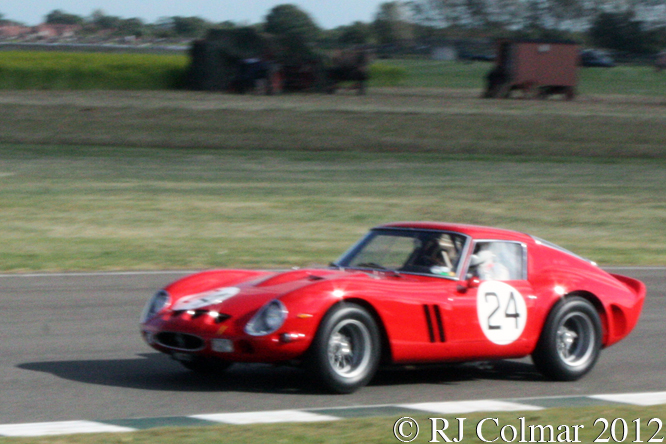
No further in period races are recorded for #4293GT and by the end of 1963 the car was in the United States where it remained until 1982. From 1982 to to 1996 #4293GT went to Japan and thence to Hong Kong until 2002 when it was acquired by William E. ‘Chip’ Connor of Incline Village, NV who is seen driving the car above in the 250 GTO 50th Anniversary demonstration at Goodwood Revival a couple of years ago.
Thanks for joining me on this “Never Beaten In Class” edition of “Gettin’ a li’l psycho on tyres”, I hope you will join me again tomorrow when I’ll be looking a my favorite Ginetta model. Don’t forget to come back now !


